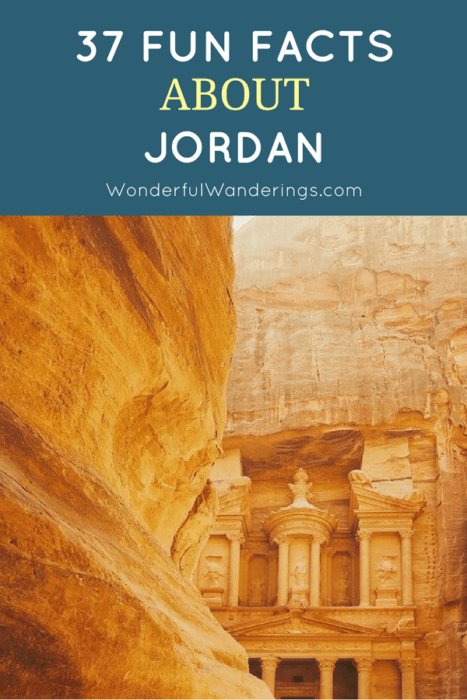Planning a trip to Jordan and want to know a bit more about the country first? Then check out these interesting facts about Jordan.
Don’t have time to read them all now? Bookmark, pin or email this post to yourself for later and watch the summary video first:
37 interesting facts about Jordan
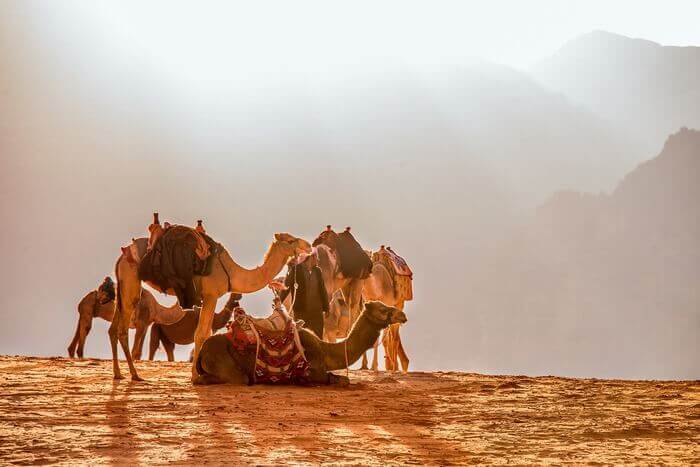
This post is part of a series of fun facts posts I’m doing for every country I have articles about here on the blog. Given their nature, these posts are research-based and even though a lot of time has gone into them, it’s still possible a mistake has snuck in. If you see Jordan facts that look incorrect, please let me know at wanderer [at] wonderfulwanderings.com and I’ll look into it. Thanks!
1. Jordan is an Arab kingdom in Western Asia, on the East Bank of the Jordan River, with a population of over 9 million people.
2. Unlike other Arab countries, Jordan does not have its own oil.
3. Jordan is one of only two Arab nations to have made peace with Israel.
4. In Jordan, it’s considered polite to refuse a meal three times before accepting it.
5. The famous British military officer, diplomat, writer and archeologist Thomas Edward Lawrence, better known as Lawrence of Arabia, advised the leaders of the Arab Revolt during World War I.
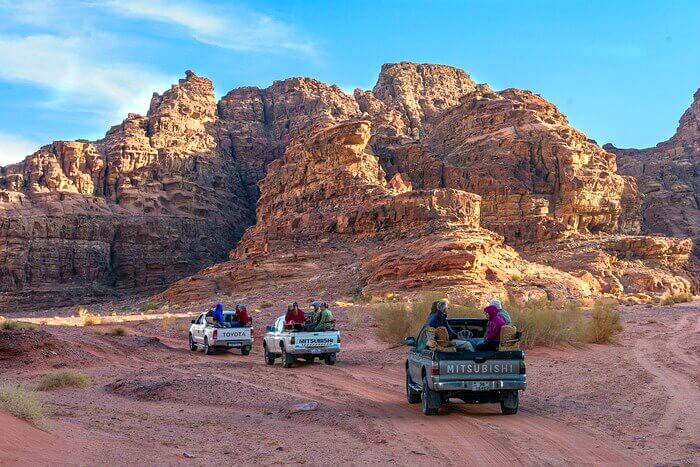



6. Amman is the capital and most populous city of Jordan as well as the country’s economic, political and cultural center. (Find fun activities in Amman here.)
7. Arabic is the official language, but English is widely spoken amidst the middle and upper classes.
8. Jordan’s official name is the “Hashemite Kingdom of Jordan”
9. Jordan’s currency is the Jordanian Dinar (JOD).
10. Jordan’s national flower is the Black Iris. It only grows in Wadi Rum and only in spring.
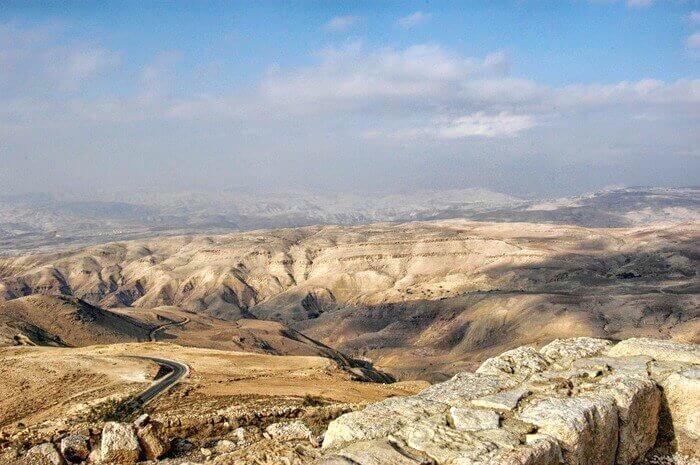



11. Jordan has a combination of Mediterranean and arid desert climates, with Mediterranean climates prevailing in the north and west of the country, while the majority of the country is desert.
12. Jordan is known for the ancient city of Petra, one of the New 7 Wonders of The World and a UNESCO World Heritage Site. (Find tours and activities in Petra here.-
13. The final scenes from the movie Indiana Jones and the Last Crusade were filmed at Petra. Other movies shot in the Wadi Rum desert are The Martian, Red Planet, and Lawrence of Arabia.
14. The lowest point of dry land in the world is the shore of the Dead Sea in Jordan at 1,378ft (420m) beneath sea level. (Book this day your to the Dead Sea for your trip to Jordan.)
15. Another interesting fact about Jordan is that in Jordan, it’s considered rude and unclean to eat or drink with your left hand.
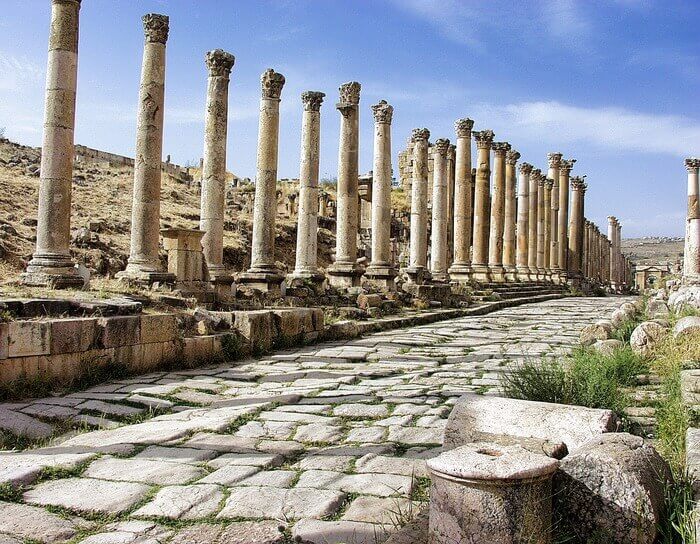



16. The capital of Jordan, Amman, was once named Philadelphia after Ptolemy Philadelphus (283-246 BC) who rebuilt the city during his reign.
17. The country of Jordan is home to many biblical sites such as the Jordan River where Jesus was baptized by John the Baptist, the sinful cities of Sodom and Gomorrah, and Mount Nebo where Moses died.
18. Jordan’s capital houses a 6,000-seat, 2nd-century Roman theater that is now a famous landmark and dates back to the Roman period when Jordan was known as Philadelphia.
19. Jordan would be landlocked if not for The Dead Sea. It provides the country with 26 kilometers of coastline.
20. When you’re having coffee as a guest in Jordan, you need to shake your cup from side to side to let the host know when you’ve had enough. Otherwise, they’ll just keep refilling it.
21. Mansaf is the national dish in Jordan. This distinctive option for a meal is made of lamb cooked in a sauce with fermented dried yogurt and served with rice or bulgur in a large platter.
22. The national flag of Jordan consists of three horizontal bands of black (for the Abbassid Caliphate), white (for the Umayyad Caliphate) and green (for the Fatimid Caliphate), together with a red triangle representing the Arab Revolt of 1916. The triangle holds a 7-pointed white star, which stands for the seven verses the Qur’an starts with.
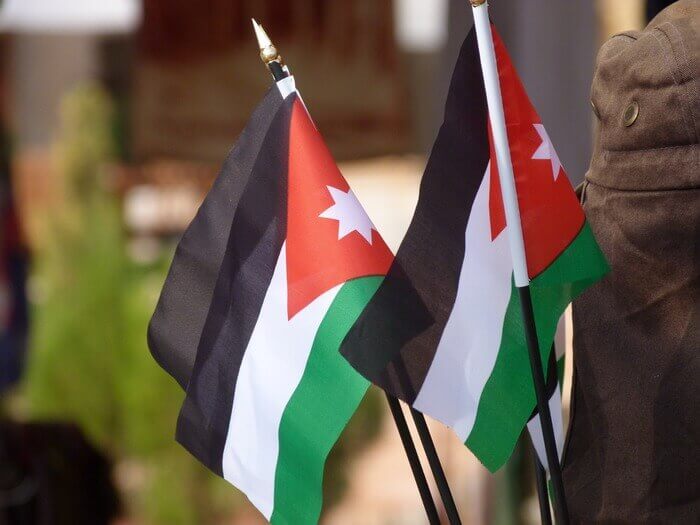



23. The adults in Jordan believe overpraising a child will bring bad luck so this gesture from a parent to a kid is often avoided.
24. Actually, it’s best not to praise anything too highly. When you try to be “Western polite” and compliment people on their home decoration or clothes, you might find the items in question sent to your hotel later on. Do insist on sending them back if that happens.
25. The longest river in Jordan is the Jordan River that runs 251 kilometers.
26. The dominant religion in Jordan is Sunni Islam. There’s also a Christian minority.
27. Traces of human activity in Jordan have been found dating back all the way to the Palaeolithic period (500,000 BC to 17,000 BC).
28. Jordan is known as an extremely friendly country, where you’ll hear Ahlan wa sahlan! or “Welcome!” quite often.
29. The most common tree in Jordan is the olive tree.
30. Petra is the home of over 800 carved tombs.
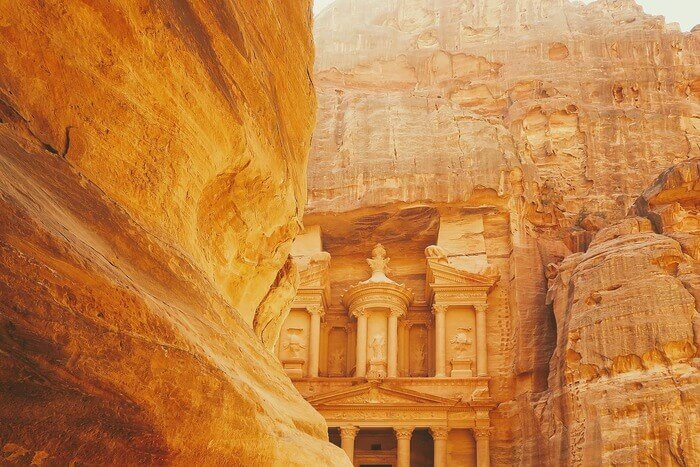



31. The city of Jeras is one of the largest and best-preserved sites of Roman architecture in the world.
32. The water of the Dead Sea is known to make you float. That’s because it’s 9.6 times as salty as the ocean.
33. The Palestinian territory of the West Bank was once part of Jordan. Following the Arab-Israeli conflict in 1948-49, the country annexed the West Bank – but lost it to Israel in the 1967 war.
34. Jordan’s most famous national park is the Wadi Rum where you can spend the night under the stars. (Check out the many fun activities you can book for Wadi Rum.)
35. Aqaba is the only port city in Jordan. (Look here for fun activities and tours in Aqaba.)
36. The capital Amman was built across zeven hills (yup, just like Rome!), known as “jabals”. Over time, it’s grown to now cover 19 of these jabals.
37. Jordan is part of the Fertile Crescent, one of the world regions were agriculture likely originated during the Neolithic period (8,500 – 4,500 BCE).
Want to know more about Jordan?
These books provide plenty of information about Jordan:
Lonely Planet Jordan
Lonely Planet completely updated it’s Jordan guide in 2018. It holds maps, highlights of things to see and do, full itineraries, cultural insights as well as history on the country. Aside from that, the guide also reviews activities, restaurants, clubs, and hotels for all budgets.
Seven Pillars of Wisdom
Seven Pillars of Wisdom is T.E. Lawrence’s personal account of his experiences with and involvement in the Arab Revolt against the Ottoman Empire in 1916-1918. The book gives a unique insight into the lifestyle and customs of the Bedouins and is also seen as the first unofficial guide to asymetric or guerilla warfare. It contains original photos of Lawrence and his contemporaries during the time of the Revolt.
Hero: The Life and Legend of Lawrence of Arabia
Hero: The Life and Legend of Lawrence of Arabia is a biography of T.E. Lawrence by Michael Korda, author of the New York Times bestselling Eisenhower biography Ike. It provides in-dept insights into this British hero’s life as well as his military genius. Korda portrays Lawrence as a multi-layered and complex person with engaging prose that’s backed by extensive research. This biography is a must for history buffs. Interested but don’t want to read 797 pages? Then watch the famous movie Lawrence of Arabia instead.
PIN FOR LATER
